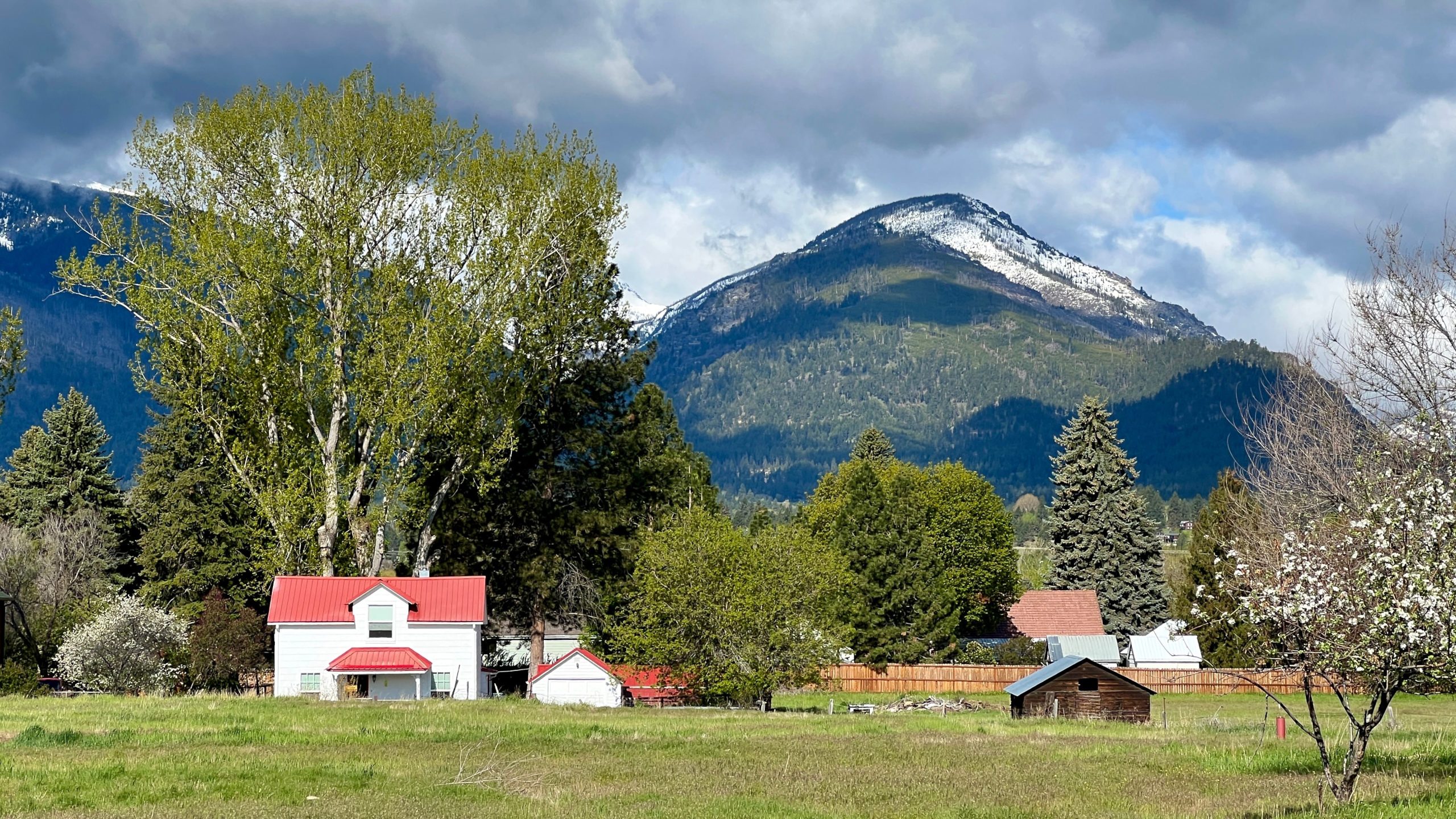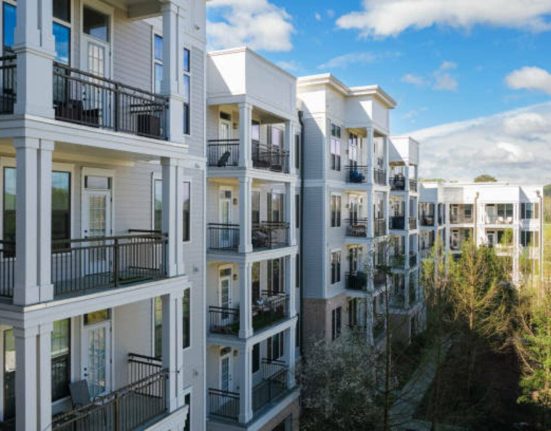The major property tax relief package signed into law by Gov. Greg Gianforte this month is set to bring double-digit property tax cuts to many Montana homeowners and landlords by the time it is fully implemented in 2026, according to projections from the Montana Department of Revenue.
It will also bring massive tax increases — in excess of 60% — to many residential properties that don’t qualify for a new “homestead” exemption aimed at reducing the tax burden on primary residences. Similarly, taxes on commercial and industrial business properties are expected to rise this year as the new tax code offers up homeowner relief via interim rates.
Earlier versions of the projections were widely circulated among lawmakers and lobbyists as they considered different proposals aimed at tackling rising homeowner property taxes during this year’s legislative session. A version projection provided to MTFP May 14 — described by the department as a “preliminary analysis” of the new tax codes — forecasts that, on average, the proposal will reduce taxes for owner-occupied homes by 18% over two years, with most of those savings appearing on the 2025 tax bills mailed this fall.
The homestead exemption will be available upon application to residential properties where taxpayers live at least seven months of the year, as well as to residential properties that are rented to tenants on a minimum monthly basis for at least seven months a year.
If the Legislature had left the state’s property tax code unchanged, the department believes that homeowner and landlord tax bills would instead have increased 11% on average over the next two years as rising housing prices continue to pull additional tax burden onto homes.
Additionally, the department believes that the new tax policy means non-homestead residential properties — second homes and Airbnb-style short term rentals — will see average increases each of the next two years, for a cumulative increase of 68% by 2026. Under the previous code, those properties would have seen an estimated increase of 14%.
While Gianforte and the measure’s backers had initially hoped to see the second-home tax implemented in full this year, the timing of the package’s late-session passage forced them to include interim rates for this year’s tax bills, leaving implementation of the full second-home tax for 2026. (They also authorized $400 homeowner rebates for this year.)
As a result, some property owners will see tax bill whiplash, with higher bills this fall, then lower bills next year — or vice versa.
For example, the revenue department expects the average commercial property to see an 11% tax increase this year, then a 7% decrease next as second homes pick up more tax burden. Those shifts combine to a projected increase of 3% over two years.
In contrast, residences on agricultural land — which the new tax law treats as a separate category from other types of homes — are projected to see an average decrease of 17% in 2025, then a 50% increase in 2026.
Actual bills for particular properties will in all likelihood vary widely from those averages. That’s because the property-specific effects of the new tax law will depend on the many factors that figure into the state’s complex property tax math, including the composition of city, county and school district tax bases, as well as how the revenue department values a given property relative to its neighbors.
Additionally, both the interim rates for 2025 and the permanent ones for 2026 incorporate tiered structures that will focus a greater share of taxes on comparatively high-value properties. This year, for example, home values greater than $1.5 million will be taxed at nearly three times the rate of values below $400,000.
A similar provision in the final 2026 rates aims to shield lower-value commercial properties from some of the taxes that are being shifted away from residences.
The figures provided by the department also include averages for expected tax shifts between property types in each of Montana’s 56 counties.
In some, the department is projecting smaller decreases for average homeowners over the next two years — 9% in Missoula County, for example, and 12% in Gallatin County. Others are likely to see larger decreases, including a projected 26% decrease on homeowner tax bills in Silver Bow County and 23% in Cascade County.
Similar variability is on the table for long-term rental properties, which also qualify for the homestead reduction (proponents have said they hope market forces eventually force landlords to pass savings onto tenants).
The revenue department estimates that the average long-term rental property will see a net 22% decrease to its tax bill by next year. That number is expected to be higher, 27%, in Flathead County (Kalispell), but lower, only 13%, in Missoula County.
On the flip side, some parts of the state could see even higher increases to taxes on second homes and other residential properties that don’t qualify for the homestead exemption. In Lewis and Clark County (Helena), for example, the department projects that taxes on non-homestead residential properties could rise by 94% over the next two years. In Missoula County, the department expects them to more than double, increasing by a cumulative 105%.
More information on how the department expects average changes to play out in each of Montana’s 56 counties is available below:
Have questions about the second-home tax and homestead that you haven’t seen Montana Free Press address here or in past coverage? We’d love to hear from you as we determine what we should put in future stories. Reach out at news@montanafreepress.org.







